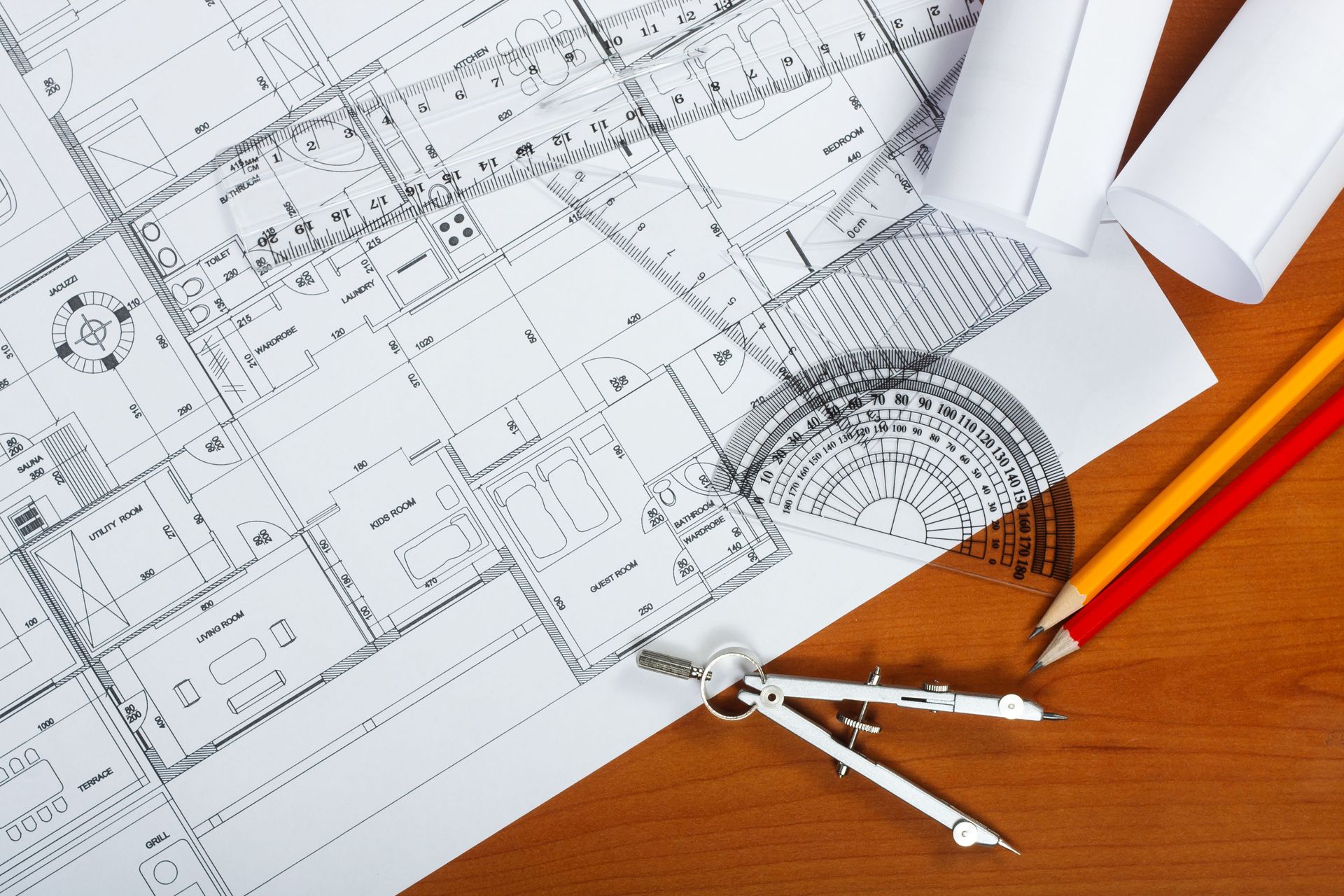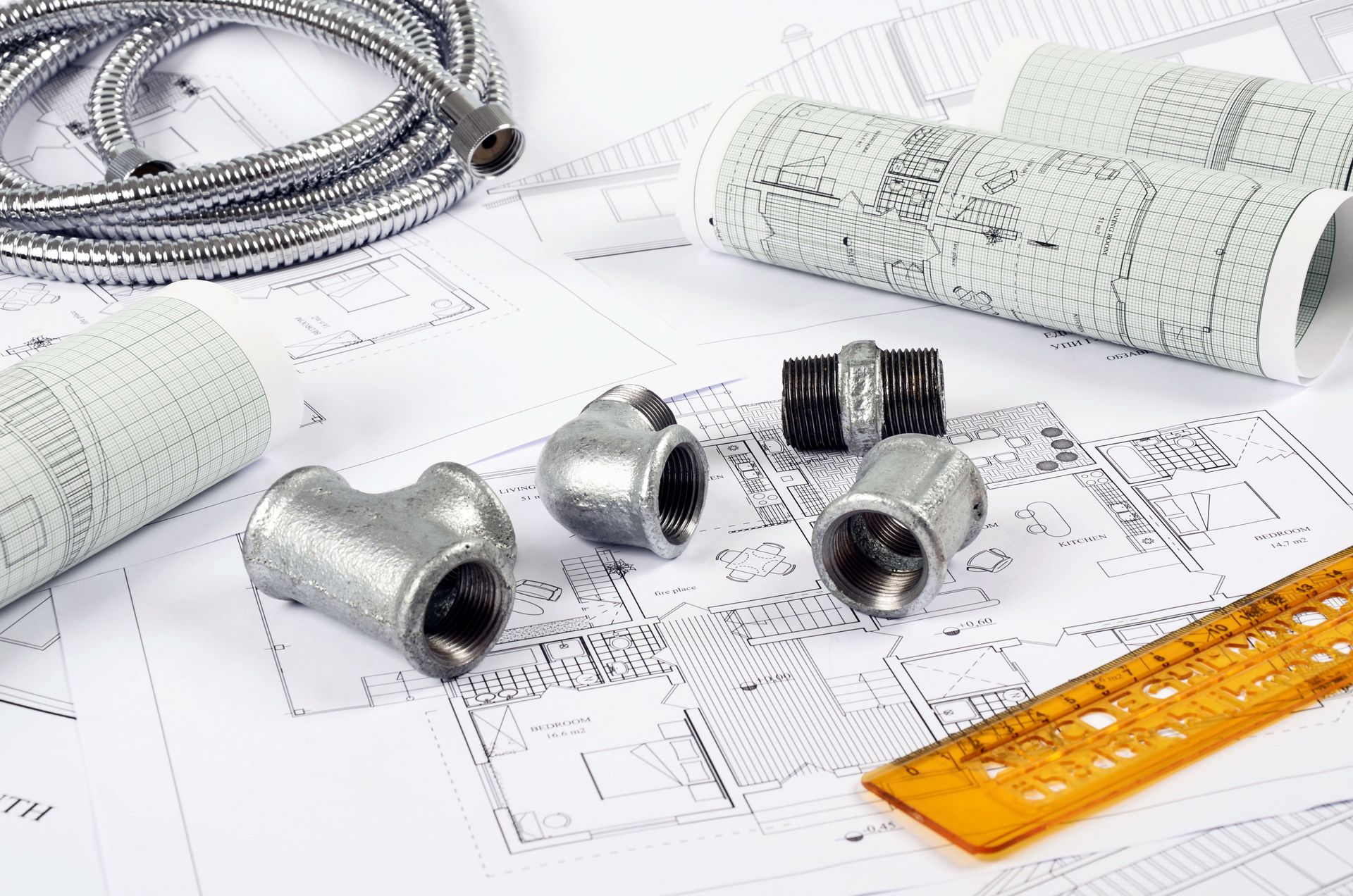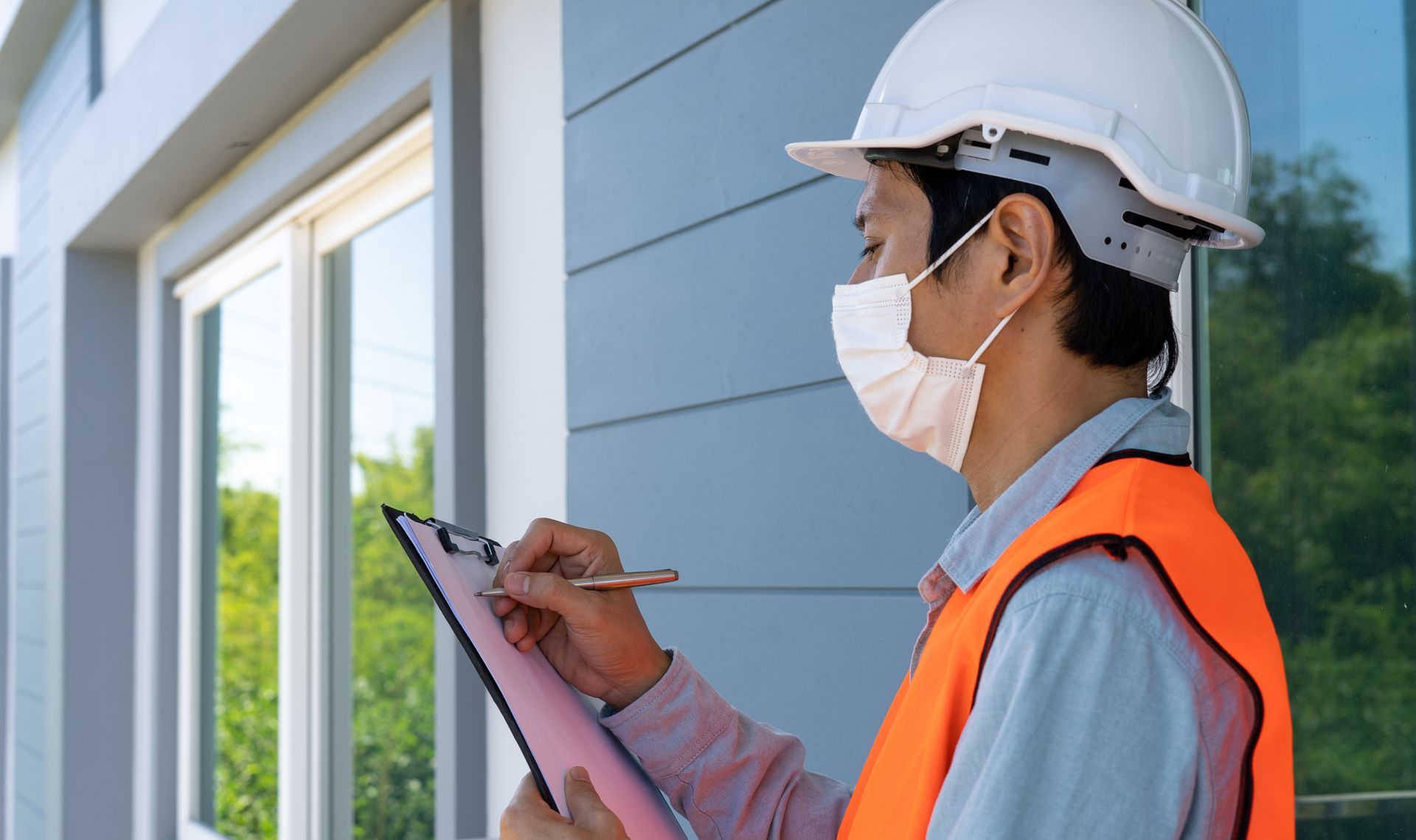6 Common Problems Structural Engineers Can Help You Avoid
Understanding structural engineering is crucial to the success and sustainability of construction projects. Structural engineers play a pivotal role in ensuring that buildings and structures are safe, efficient, and durable. In this article, we will explore common problems that engineers can help you avoid, offering valuable insights into the design and construction process. By addressing these issues early on, engineers help prevent costly repairs and ensure compliance with safety standards, contributing to the longevity and success of construction endeavors. According to Fact.MR, the engineering services market is projected to reach a value of $3,756.09 billion by 2034, highlighting the growing importance of engineers in construction projects.
1. Foundation Failures
Improper Soil Analysis
The foundation of a building depends heavily on the type and stability of the soil it rests upon. Without proper soil analysis, the risk of foundation settlement, movement, or collapse increases significantly. Engineers evaluate available soil reports and observable site conditions to understand stability and load-bearing capacity. When necessary, they coordinate with geotechnical specialists to ensure the foundation design or repair plan aligns with soil performance. This step reduces the risk of settlement or movement that could compromise the structure.
Underestimating Load Requirements
Properly calculating load requirements is essential to avoid undue stress on a building's foundation. If a structure is not designed to handle anticipated weights, foundation stress can occur, leading to cracks or catastrophic failure. Structural engineers use their expertise to accurately predict the loads a foundation will experience from occupants, furnishing, equipment, and environmental factors. By doing so, they ensure the foundation is robust enough to handle both typical and extraordinary loads. This foresight minimizes the risk of foundational issues that could jeopardize building integrity.
Inadequate Drainage Systems
Water management is critical to the longevity of a building's foundation. Inadequate drainage systems can lead to water pooling around the foundation, resulting in erosion or stability issues. Engineers evaluate site-specific drainage needs and design systems to effectively divert water away from the foundation. Whether through grading, gutters, or underground drainage solutions, these measures protect the foundation from water-related damage. Consistent water management not only supports foundation integrity but also enhances the overall lifespan of the building.
2. Structural Design Flaws
Load Path Confusion
A clear understanding of load paths is critical to the stability of a structure. Load path confusion occurs when the load distribution across a building is not optimized, resulting in undue stress on certain components. Structural engineers meticulously plan load paths to ensure that loads are efficiently transferred through the structure down to the foundation. This planning includes identifying and optimizing primary paths while designing secondary load paths for redundancy. Ensuring clarity in load distribution minimizes the risk of structural weaknesses and prolongs building life.
Insufficient Structural Redundancy
Structural redundancy involves designing multiple pathways for stress distribution, enhancing the resilience of a building. Engineers incorporate redundancy into structural design to prevent catastrophic failure if one element fails. By creating alternate paths for stress flow, buildings can better withstand unexpected loads or damage. This fail-safe design increases the building's ability to endure disruptions without complete collapse. The presence of redundancy in the structure reflects the thorough engineering practices that prioritize safety and durability.
Poor Material Selection
The choice of construction materials significantly impacts the structure's safety, durability, and functionality. Engineers select materials that align with environmental conditions, load requirements, and building use. Using suboptimal materials can lead to premature deterioration, structural failure, or increased maintenance costs. Expert selection considers factors like strength, weight, and resistance to local climate conditions. Through informed material selection, structural engineers ensure the longevity and sustainability of the building project while optimizing both performance and cost-effectiveness.
3. Seismic Vulnerabilities
Evaluating Water Damage Impact on Foundations
Prolonged water intrusion can weaken a foundation over time. Engineers assess the extent of water-related damage, from soil erosion to compromised concrete, and provide solutions to restore stability. Timely evaluation ensures property safety and protects long-term investment value. Addressing water-related vulnerabilities early allows for effective repairs that prevent more extensive structural damage in the future.
Vibration and Movement From Nearby Activity
Vibrations from heavy traffic, nearby construction, or industrial equipment can cause hairline cracks, loosen finishes, or accelerate wear on a building's components. A structural engineer inspects vibration-related damage, recommends monitoring when needed, and specifies practical fixes such as localized reinforcement, bracing, or isolation measures to protect affected elements. When structural repair is required, engineers provide stamped drawings and construction details that contractors can follow to restore stability and limit future movement. This process ensures ongoing safety and performance of the building.
4. Water Intrusion and Moisture Issues
Creating Professional Repair Plans
When a structural issue is identified, a stamped repair drawing provides contractors with a clear, engineer-approved plan of action. These detailed drawings ensure that repairs are carried out correctly, meet safety standards, and resolve the problem at its source. Structural engineers are involved at every step to confirm that remediation addresses both immediate issues and long-term concerns.
Supporting Renovation and Remodeling Projects
Even small renovations can impact a property’s structural integrity. Engineers provide guidance and stamped drawings to confirm that planned modifications will not compromise the building. This oversight safeguards both safety and compliance during upgrades, ensuring projects are executed efficiently and effectively.
5. Infrequent or Improper Maintenance
Overlooking Routine Inspections
Regular inspections are vital for identifying emerging issues before they escalate into serious problems. Structural engineers recommend periodic evaluations to assess structural health, identifying potential areas of concern before significant damage occurs. These inspections ensure that minor issues do not evolve into costly repairs, preserving structural integrity and safety. By incorporating routine inspections into maintenance programs, engineers help prolong the building's lifespan and functional performance. This proactive approach emphasizes the importance of preventative maintenance in supporting structural health.
Ignoring Small-Scale Damages
Addressing small-scale damages in a timely manner is crucial to preventing progressive deterioration. Engineers advocate for immediate attention to minor damages, such as small cracks or leaks, to avoid compounding issues. These small repairs prevent the growth of problems into larger, more costly repairs that compromise structural integrity. By emphasizing proactive maintenance, engineers help maintain the building's safety, functionality, and aesthetic appeal. A commitment to addressing small-scale damages underscores the importance of ongoing vigilance in building upkeep.
6. Compliance and Regulatory Challenges
Routine Structural Evaluations
Periodic inspections by a licensed engineer help detect hidden issues such as foundation settlement, moisture damage, or shifting walls. These evaluations provide property owners with peace of mind and actionable next steps. Engineers play a vital role in monitoring the health of buildings and ensuring standards are met over time.
Site Conditions That Affect Structural Performance
Structural engineers evaluate soil stability, drainage, flood exposure, and erosion — all factors that directly affect structural performance. Based on these observations, they recommend foundation types, grading or drainage fixes, and protective details. Addressing site-specific risks helps ensure safer, longer-lasting foundations.
Safety-Focused Structural Recommendations
Engineers prioritize occupant and worker safety by identifying collapse risks, specifying temporary shoring, and sequencing repairs to minimize hazards during construction. They provide construction-phase diagrams, including shoring plans, load limits, and safe work instructions, that contractors can use to protect crews and building occupants while work is underway.
Clear, Permittable Engineering Documentation
Incomplete or unclear engineering documents often cause permit delays. Engineers prepare comprehensive, stamped repair drawings, calculations, and condition reports that meet local code expectations and give building officials the technical information they need. Complete documentation reduces review cycles and helps projects move forward with fewer administrative hold-ups.
Structural engineers play a critical role in identifying and preventing issues that can affect a building’s safety and longevity. By working with experienced professionals, project stakeholders can ensure that structural systems are sound, compliant with regulations, and built to last. Preferred Property Engineering Associates provides expert analysis, inspections, and stamped repair plans that support safe and efficient construction and renovation projects. Learn more about how our services can help protect your property and maintain its long-term value.




Share On: